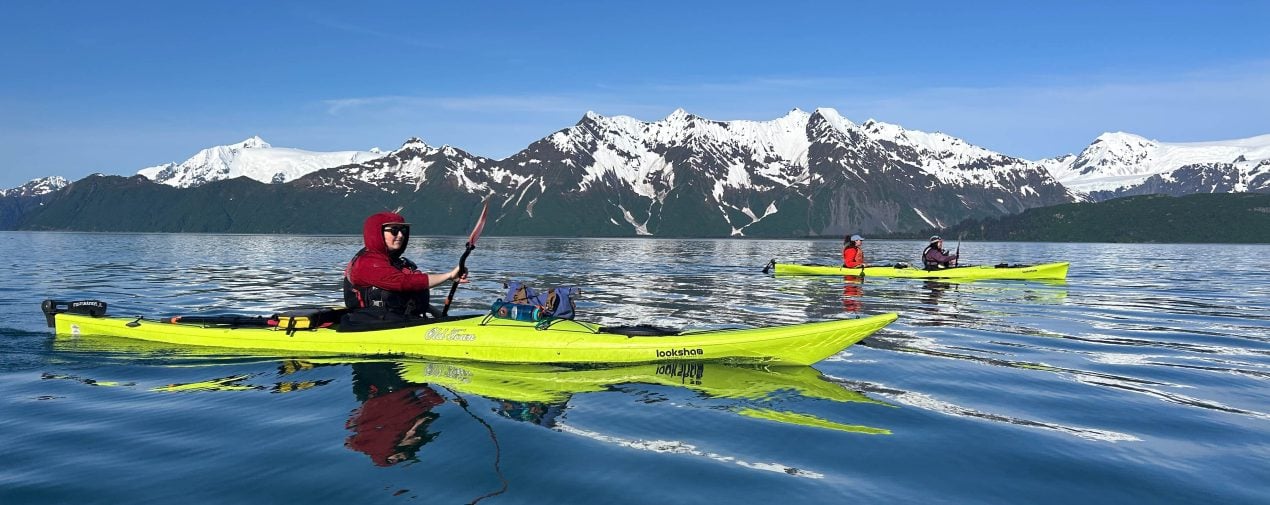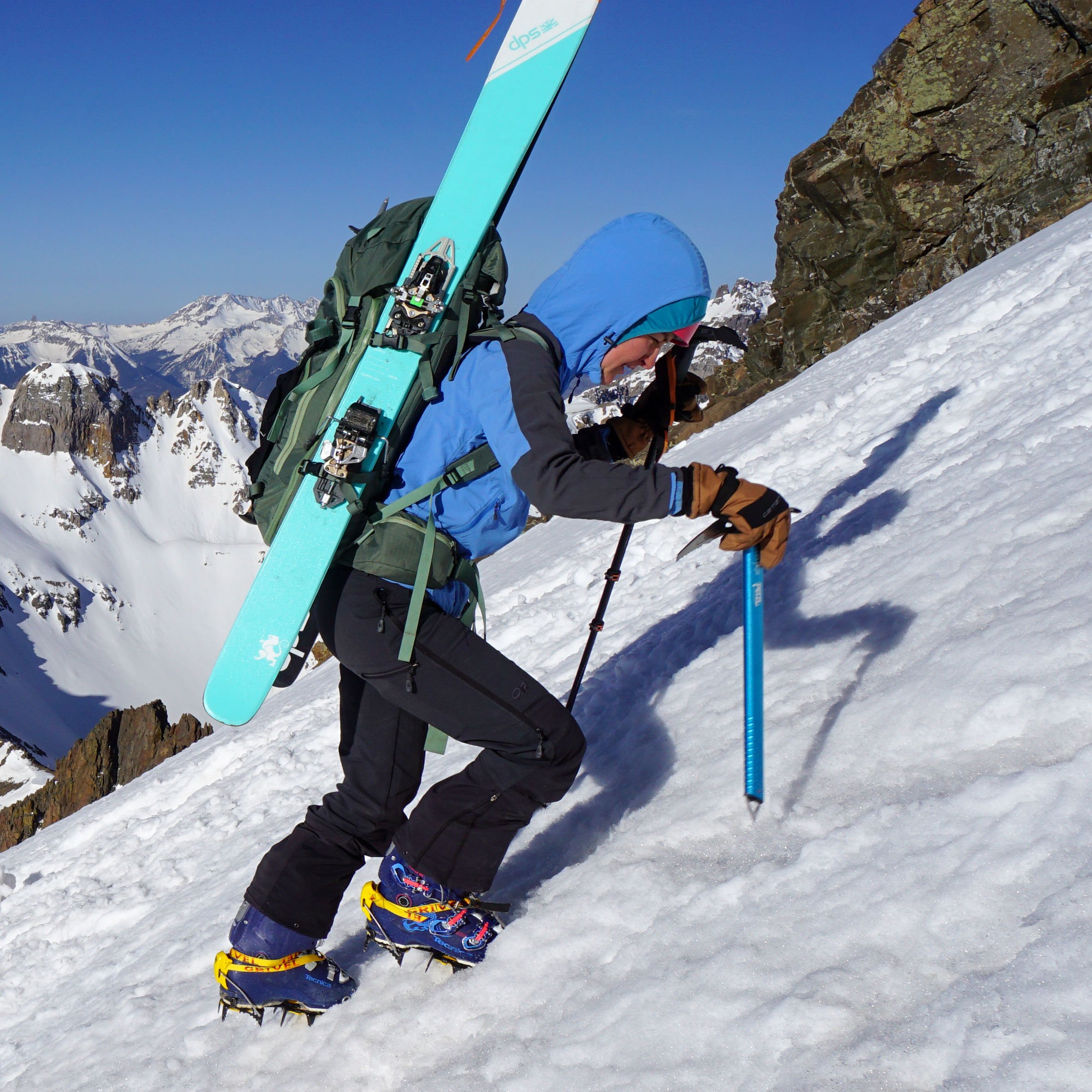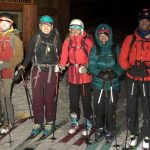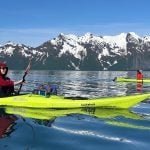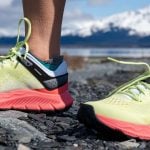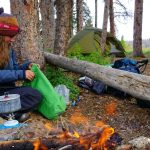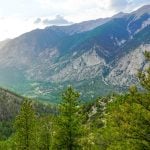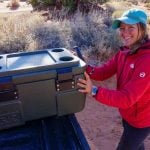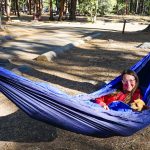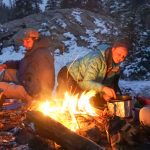How To Sea Kayak From a Sea Kayak Guide
This summer Zach and I (Emma) have been sea kayak guiding in South Central Alaska and have managed to learn the ways of the water. We would like to pass on some of the things we have learned from our experience of being out on the water almost everyday the past three months. Follow along and learn the nuances of this beautiful water experience.
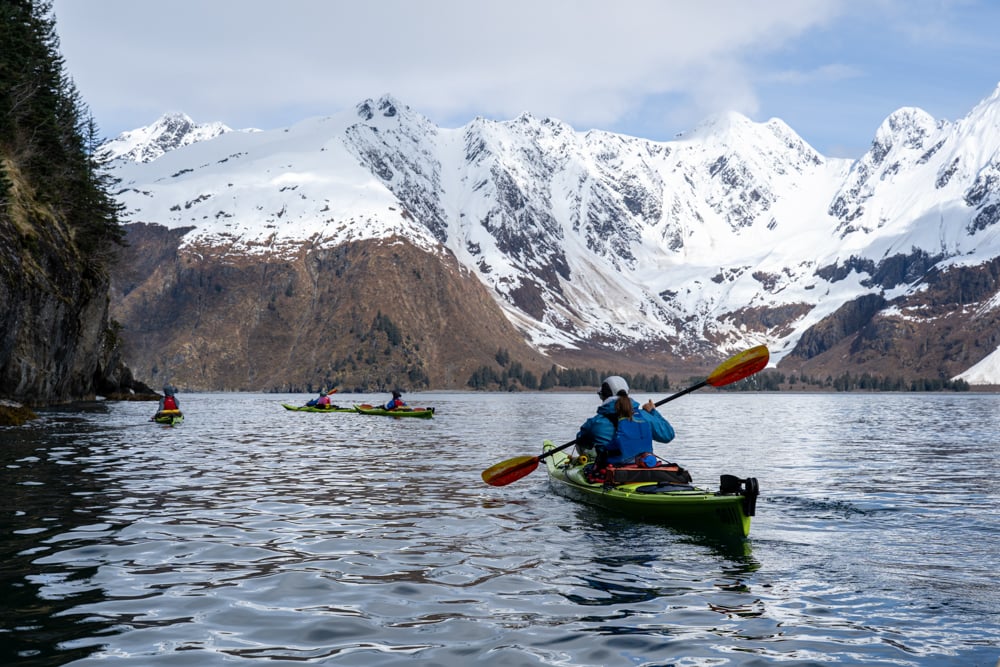
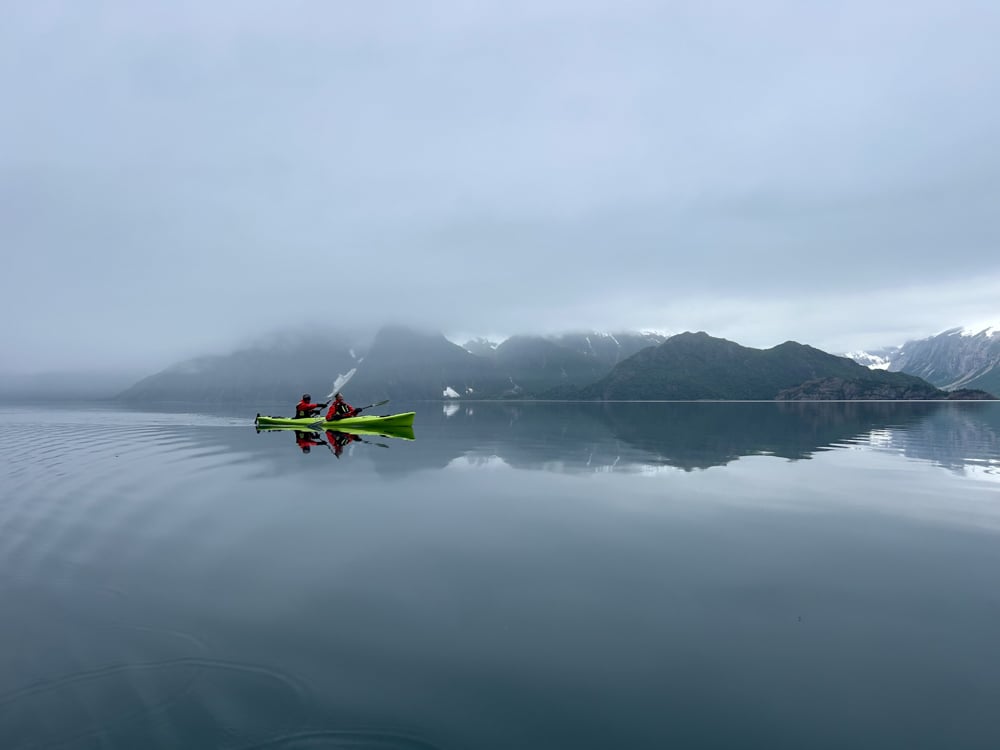
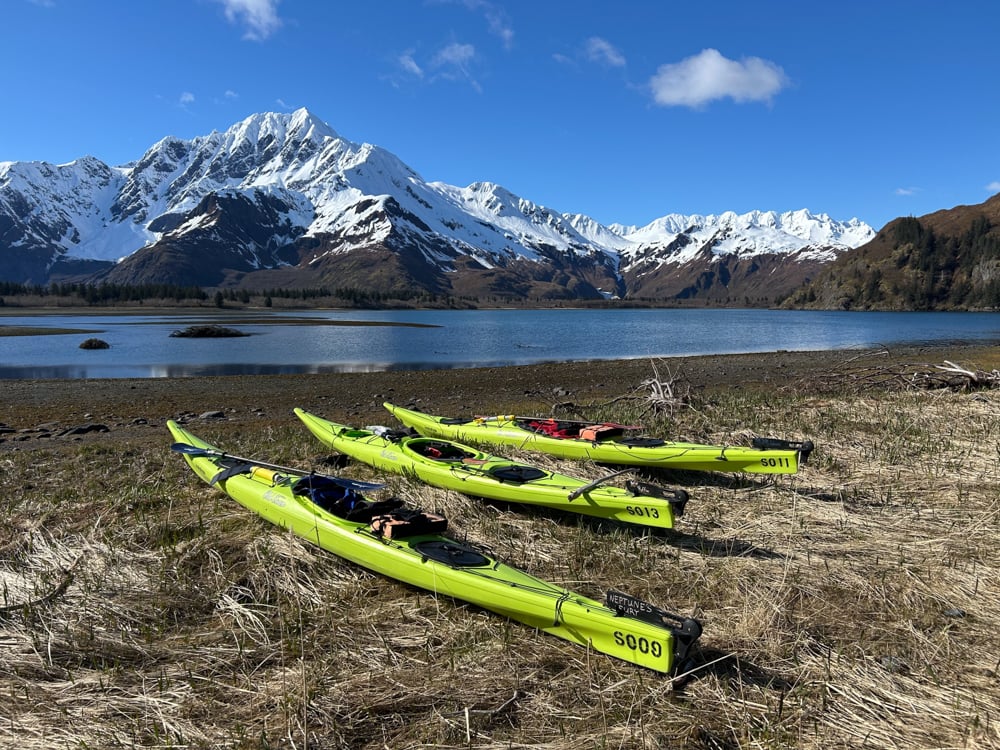
What To Wear
Clothing is obviously location dependent, but up here in Alaska you should be prepared for rain. Even if the forecast is showing mostly sun and no chance of rain, we still recommend bringing along rain gear. Rain gear for us consists of:
- Rubber rain jacket
- Rain pants or our paddle pants, which are a NRS dry pant
- Xtratuf boots to keep our feet dry in and out of our boats
Remember to test out your rain gear before bringing it out on a full day paddle with forecasted rain. Leaky rain gear is hardly better than no rain gear!
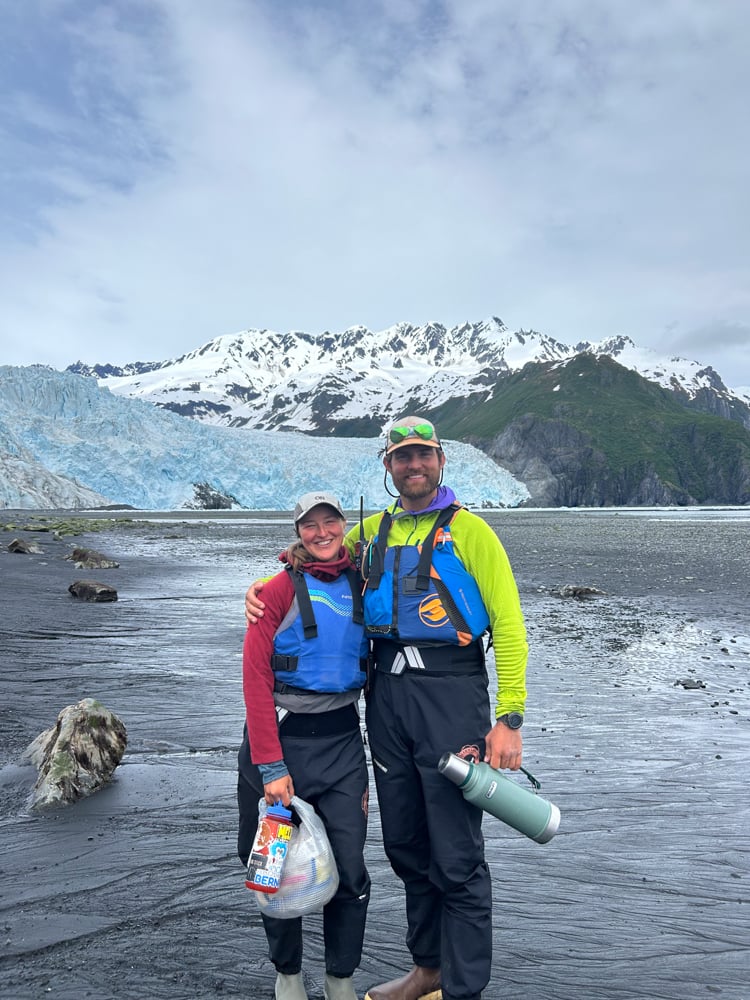
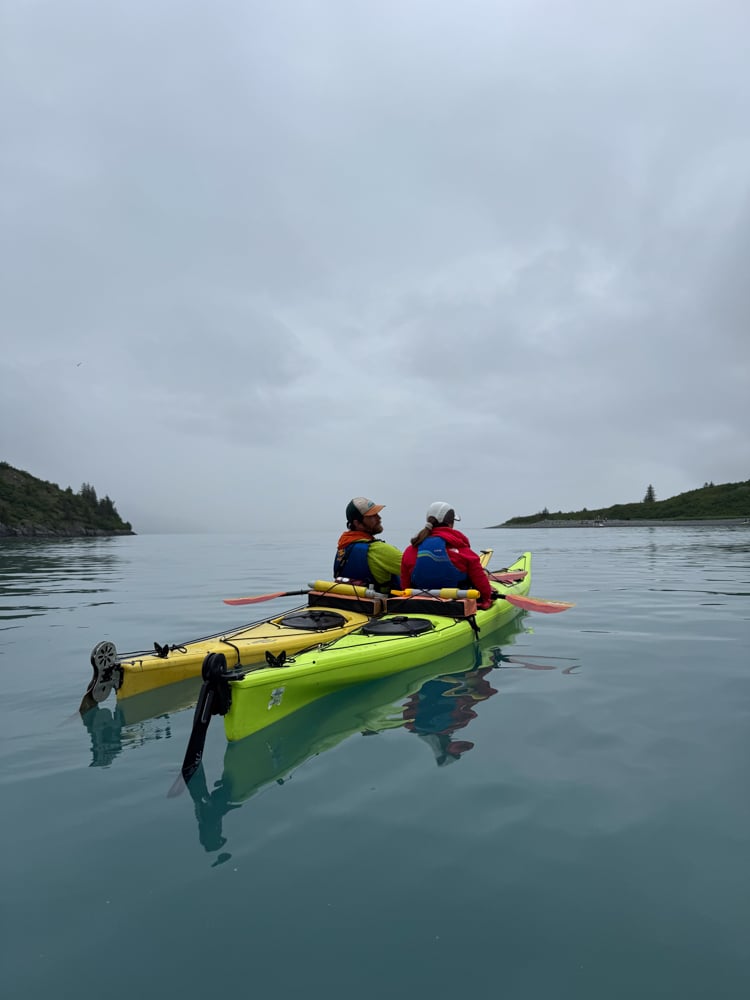
Next Layers
Underneath your rain gear try to wear synthetic or wool layers. This will help keep you warm even if you get damp. Though we try our best to stay dry when out kayaking, if it rains or the water is choppy from wind, some level of wetness tends to happen.
On cold days I start with a wool base layer (top and bottom) and then add a fleece sweater on top. I always bring my rain jacket and usually wear my NRS paddle pants. On warmer days I may just wear a sun shirt and bring along a synthetic puffy jacket. On an absolutely bluebird calm day I have spotted Zach out in shorts and sandals, but that is certainly not the norm!
The Final Layer
On top of all of these layers you will be wearing your personal flotation device (PFD) and a spray skirt (ideally). You wanted to make sure your PFD is fitted correctly, snug but not uncomfortable. When you pull on the shoulder straps they should not go above your ears. The spray skirt is a really nifty piece of gear that you wear around your waist and the skirt secures around the kayak cockpit. It keeps you dry from rain and splashing water.
Additionally, I like to wear a hat everyday. On sunny days this keeps some of the sun off my face and on rainy days it keeps the rain from running down into my eyes. The sun reflecting off the water can be intense though, so sunglasses and sunscreen are a good idea as well.
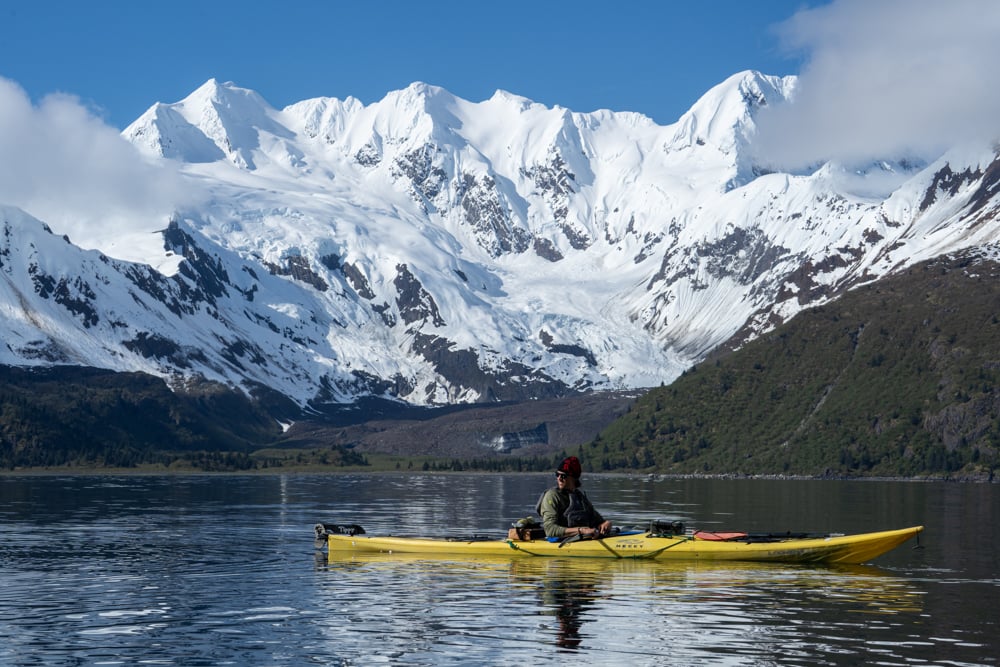
What To Bring
We try not to bring too much out on the water with us in our kayaks, but there are some essentials we are never without. Water and snacks are a must! The salt water and sun can easily dehydrate you, so it is important to bring a full bottle of water and maybe even some extra water to refill depending on the length of your day and paddle. My go-to snack on the water is some packets of trail mix to keep me fueled as I paddle.
We always carry a set of safety gear with us. For us this consists of:
- spare paddle
- paddle float and bilge pump for rescues
- first aid kit
- hypothermia kit (aka warm dry clothes in a dry bag incase someone goes in the water).
Obviously in order for this gear to be of use you have to know how to use it first, so make sure you are up to date on how to perform a self-rescue, or have an experienced guide with you. If you are going to be out in an area with boat traffic a radio is recommended so you can make contact with any approaching boats. Remember to find out what channel the area is monitoring for boat traffic and the coast guard. Additionally, if you are going to a remote area such as the Kenai Fjords National Park, it is ideal to bring a satellite communication tool like an in reach.
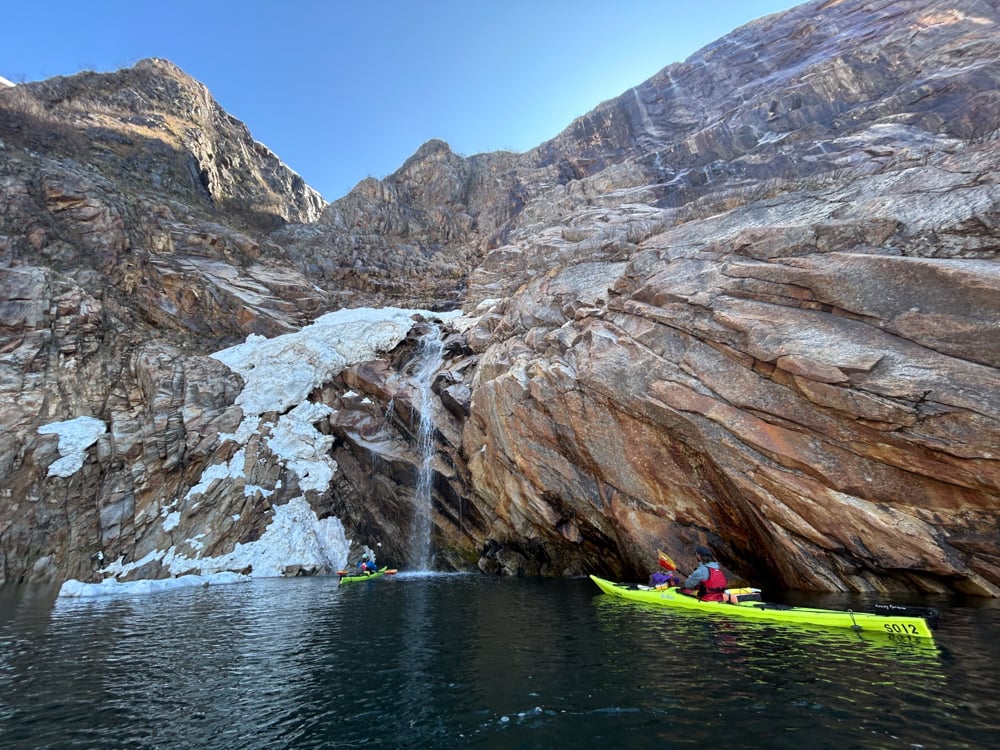
A dry bag is a simple, but important piece of gear. Extra layers, food, electronics, and the like should be stored in a dry bag either in one of the hulls of your kayak or on top of the kayak. The dry bag will keep your gear fresh and dry for when you need it. It helps to have multiple dry bags stuffed less full, than one stuffed to the brim for packing sake.
Other considerations for a sea kayaking trip are binoculars and a camera. If you want to be able to spot if that bird over there is a puffin or a common murre, I highly recommend a good set of binoculars! If you choose to bring a camera, which we of course support, make sure you know how it will do if it gets wet. If you have any questions about water durability, make sure to put it in an accessible dry bag or waterproof case while you are kayaking.
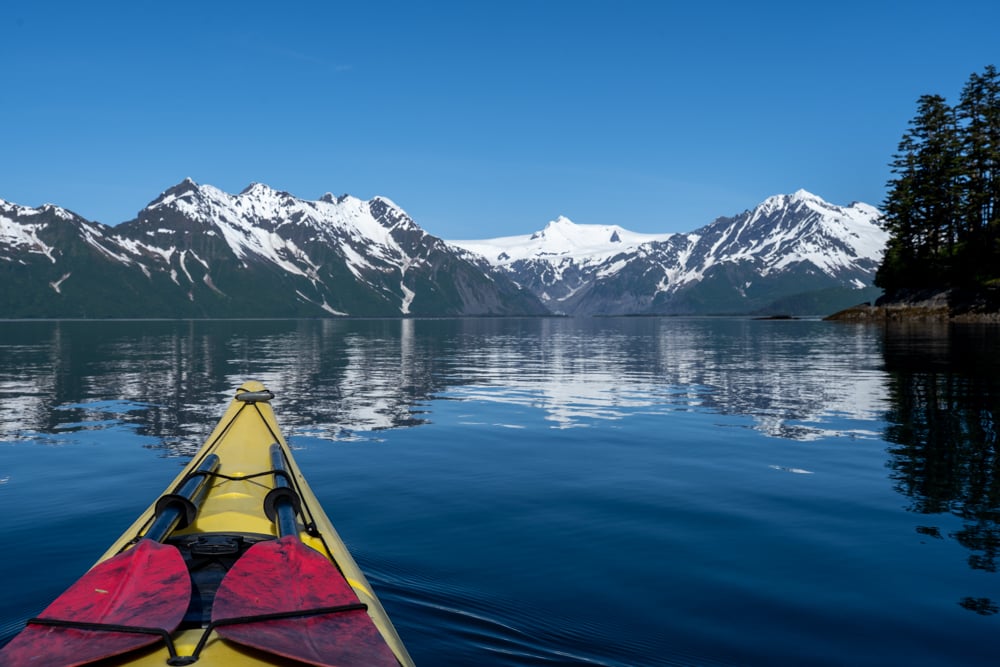
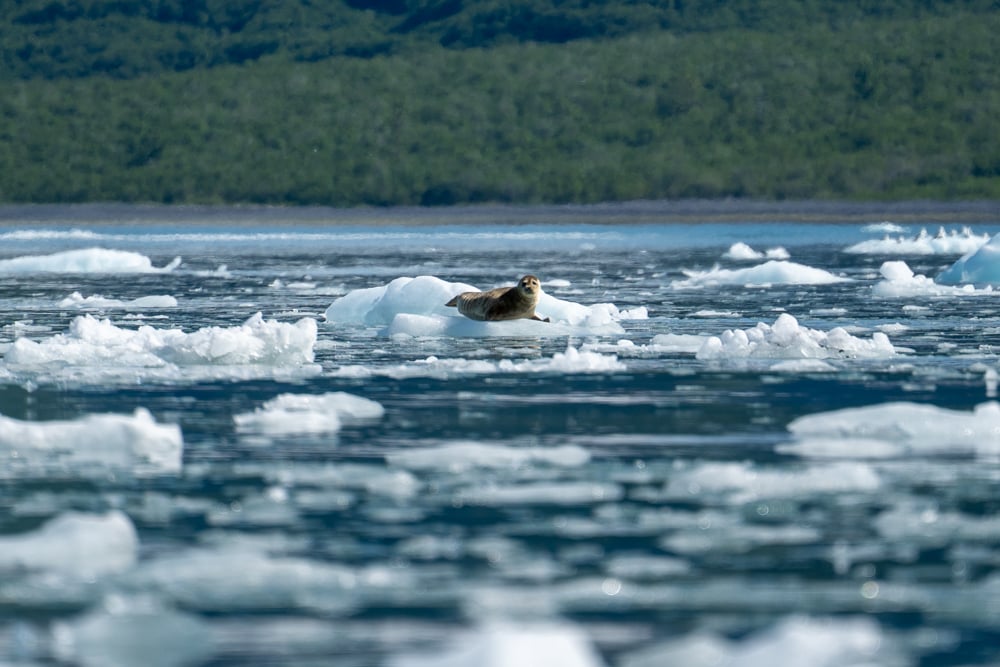
How To Prepare Your Boat
Now that you are dressed and have all the necessary gear with you, it’s time to prepare your trusty kayak! I named my kayak the Silly Salmon and Zach named his the Uncommon Murre, and you should definitely name yours as well. You’ll develop a loving bond with this boat that is magically keeping you out of the water and helping you see incredible sights.
Preparing your kayak is fairly simple. You will want to store most of your gear in the front and back hulls, trying to position the weight to be towards the center of the boat. Any gear you want to access while you are on the water should be kept on top of the kayak under the bungie cords in front or behind the seat. I like to make sure my kayak is empty of any water and use a big sponge to clean out any water I see.

Another consideration when preparing your kayak to hit the seas is to have a repair kit with you and know how to use it. Here in Alaska we have mostly rocky beaches and dragging and launching kayaks on the big rocks can create holes and cracks in the bottom of the kayak overtime. If a hole develops while you are out on a trip, you’ll need to know how to repair it to prevent your boat from taking on too much water. We like to carry JB WaterWeld for this scenario as a temporary repair patch until we can get back and repair the kayak properly.
How To Prepare Yourself
Arguably the most important step to getting out sea kayaking is to prepare yourself. For me this includes being mentally and logistically prepared for the day. The ocean is powerful and it can be intimidating to venture out on, so it is important to know the risks and know what you are doing out there. Our method of preparation is to create float plans everyday, which includes:
- Date and time
- Starting and ending locations
- Break spots
- Emergency landing spots
Float plans help us mentally map out our route for the day, and by visualizing where we are going we then incorporate what we know about the forecasted weather, wind, and waves. It is also important to know what the tides will be for the day. In South Central Alaska the tide can change up to 14 feet in a day and it changes twice everyday, so it is important to know when the tide will be coming in and where. Some places aren’t always accessible on a high or low tide. Float plans will also help others know where you are in case of an emergency.
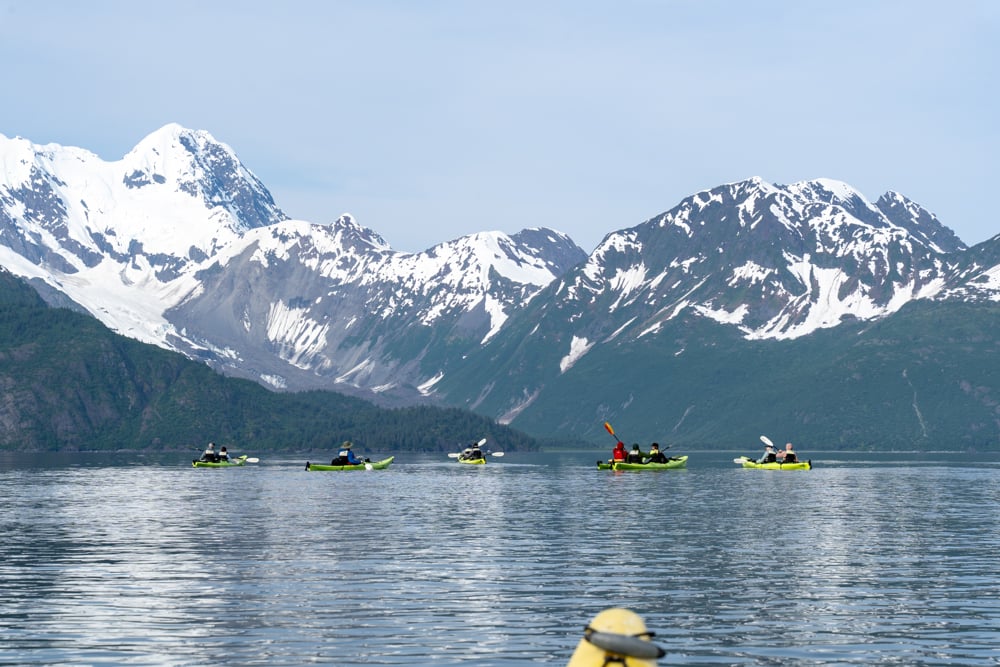
The Final Word
Exploring the sea by kayak is an incredible experience. My highlights of the summer have been kayaking within 20 feet of a Humpback whale, seeing a pod of Orcas traveling less than 100 feet from my kayak, and kayaking to a giant glacier to have lunch. Aside from being a beautiful and unique experience, it can also be hazardous and unpleasant when you are not prepared. Preparation is the key to success! Pack ahead of time, dress for the weather, map our your float plan, and enjoy the magic of the ocean.

